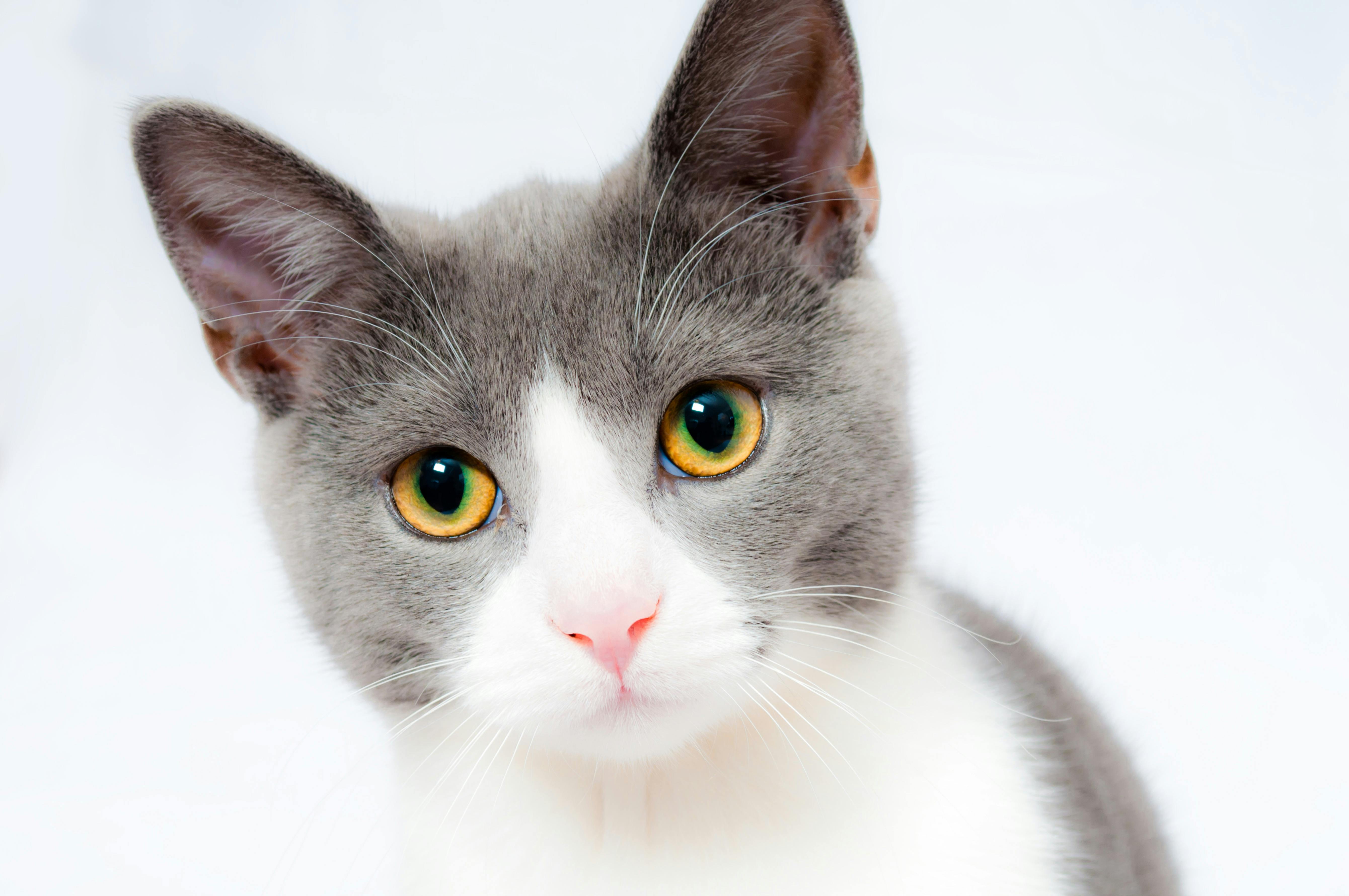Whisker Wisdom: Decoding the Secret Language of Cat Whiskers
In the fascinating world of feline anatomy, cat whiskers stand out as one of the most intriguing and multifaceted features. These seemingly simple hairs are, in fact, highly sophisticated sensory organs that play a crucial role in a cat's daily life. From navigation to communication, whiskers serve as a cat's personal radar system, providing invaluable information about their environment and helping them navigate the world with grace and precision.

The Anatomy of Cat Whiskers
Cat whiskers are marvels of evolutionary design. Each whisker is connected to a follicle that is surrounded by a high concentration of blood vessels and nerves. This dense network of nerves makes whiskers extremely sensitive to even the slightest changes in air pressure or physical contact. The follicles are connected to the muscular and nervous systems, allowing cats to move their whiskers voluntarily and process the sensory information they receive.
Typically, cats have about 24 whiskers arranged in four rows on each cheek. These facial whiskers, also called mystacial whiskers, are the most prominent and well-known. However, cats also have whiskers above their eyes (superciliary whiskers), on their chin (mandibular whiskers), and on the back of their front legs (carpal whiskers). This comprehensive array of whiskers forms a three-dimensional grid around the cat’s body, providing a constant stream of sensory input.
The Sensory Superpowers of Whiskers
Cat whiskers function as highly sensitive tactile organs, capable of detecting minute changes in their environment. One of their primary functions is to help cats gauge the width of openings. The whiskers on a cat’s face are typically about as wide as the cat’s body, allowing them to determine whether they can fit through a tight space without getting stuck. This ability is particularly useful for cats in the wild, helping them navigate through dense underbrush or narrow escape routes.
Moreover, whiskers act as air current detectors. They can sense subtle changes in air movement, helping cats detect approaching objects or potential prey even in complete darkness. This sensory input is so precise that cats can use their whiskers to ‘see’ objects without actually touching them, a phenomenon known as ‘whisker vision.’
Whiskers as Emotional Indicators
Beyond their sensory functions, cat whiskers also serve as indicators of a cat’s emotional state. The position of a cat’s whiskers can provide valuable clues about their mood and intentions. When a cat is relaxed and content, their whiskers will typically be in a neutral position, extending sideways from their face. However, when a cat becomes excited or alert, their whiskers may move forward, fanning out to gather more sensory information about their environment.
Conversely, if a cat feels threatened or defensive, they might pull their whiskers back against their face. This whisker position is often accompanied by flattened ears and dilated pupils, signaling that the cat is in a state of high alert or distress. Understanding these subtle whisker movements can help cat owners better interpret their pet’s emotional state and respond appropriately.
The Role of Whiskers in Feline Behavior
Cat whiskers play a significant role in various feline behaviors. During hunting, cats use their whiskers to determine the precise location of their prey. The carpal whiskers on their front legs are particularly useful in this regard, helping cats gauge the movement and position of captured prey.
Whiskers also contribute to a cat’s remarkable balance and agility. The proprioceptors at the base of the whiskers provide constant feedback about the position of the cat’s body in space, helping them perform acrobatic feats and land on their feet even when falling from great heights.
Whisker Care and Considerations
Given the importance of whiskers to a cat’s well-being, it’s crucial for cat owners to understand proper whisker care. Contrary to some misconceptions, cat whiskers should never be trimmed or cut. Doing so can disorient the cat and cause significant stress. Whiskers naturally shed and regrow over time, so there’s no need for human intervention in this process.
Some cats may experience ‘whisker fatigue,’ a condition where the whiskers become overstimulated from constant contact with objects like food and water bowls. To prevent this, cat owners should consider using wide, shallow dishes that don’t force the cat’s whiskers against the sides of the bowl while eating or drinking.
In conclusion, cat whiskers are far more than just facial adornments. They are sophisticated sensory tools that play a vital role in a cat’s ability to navigate, hunt, and interact with their environment. By understanding the function and importance of whiskers, cat owners can better appreciate the complexity of their feline companions and ensure they provide an environment that supports their sensory needs. The next time you observe your cat’s whiskers in action, remember that you’re witnessing a remarkable feat of natural engineering, honed by millions of years of evolution.





